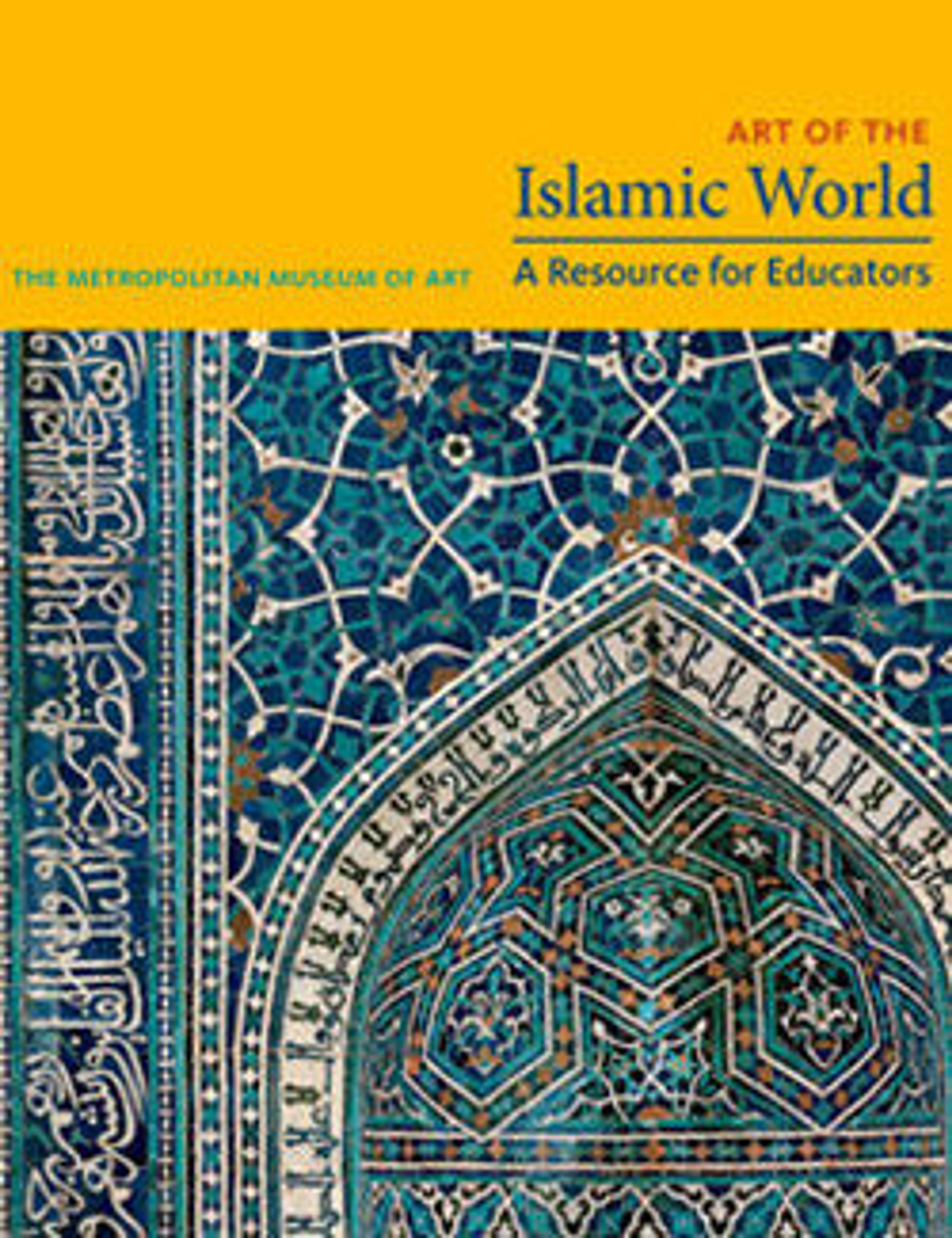"The Mi'raj or The Night Flight of Muhammad on his Steed Buraq", Folio 3v from a Bustan of Sa`di
The heavenly journey of the Prophet forms a centerpiece of Muslim piety. Persian poets from the thirteenth century onward prefaced their epics with a colorful description of the mi'raj, the heavenly journey that brought the Prophet into the immediate presence of God. This miniature is particularly interesting as the Prophet is shown with his face unveiled, riding on the mysterious mount Buraq. Later pictures of Muhammad generally show him with a veil covering his face, and in more recent times even his entire body is usually symbolized by a white cloud or a rose.
Artwork Details
- Title:"The Mi'raj or The Night Flight of Muhammad on his Steed Buraq", Folio 3v from a Bustan of Sa`di
- Calligrapher:Sultan Muhammad Nur (Iranian, ca. 1472–ca. 1536)
- Date:ca. 1525–35
- Geography:Attributed to present-day Uzbekistan and Afghanistan, probably Bukhara and Herat
- Medium:Ink, gold, and colors on paper
- Dimensions:Painting: H. 7 1/2 in. (19 cm)
W. 5 in. (12.7 cm)
Page: H. 11 in. (27.9 cm)
W. 7 1/4 in. (18.4 cm)
Mat: H. 19 1/4 in. (48.9 cm)
W. 14 1/4 in. (36.2 cm) - Classification:Codices
- Credit Line:Purchase, Louis V. Bell Fund and The Vincent Astor Foundation Gift, 1974
- Object Number:1974.294.2
- Curatorial Department: Islamic Art
More Artwork
Research Resources
The Met provides unparalleled resources for research and welcomes an international community of students and scholars. The Met's Open Access API is where creators and researchers can connect to the The Met collection. Open Access data and public domain images are available for unrestricted commercial and noncommercial use without permission or fee.
To request images under copyright and other restrictions, please use this Image Request form.
Feedback
We continue to research and examine historical and cultural context for objects in The Met collection. If you have comments or questions about this object record, please contact us using the form below. The Museum looks forward to receiving your comments.
